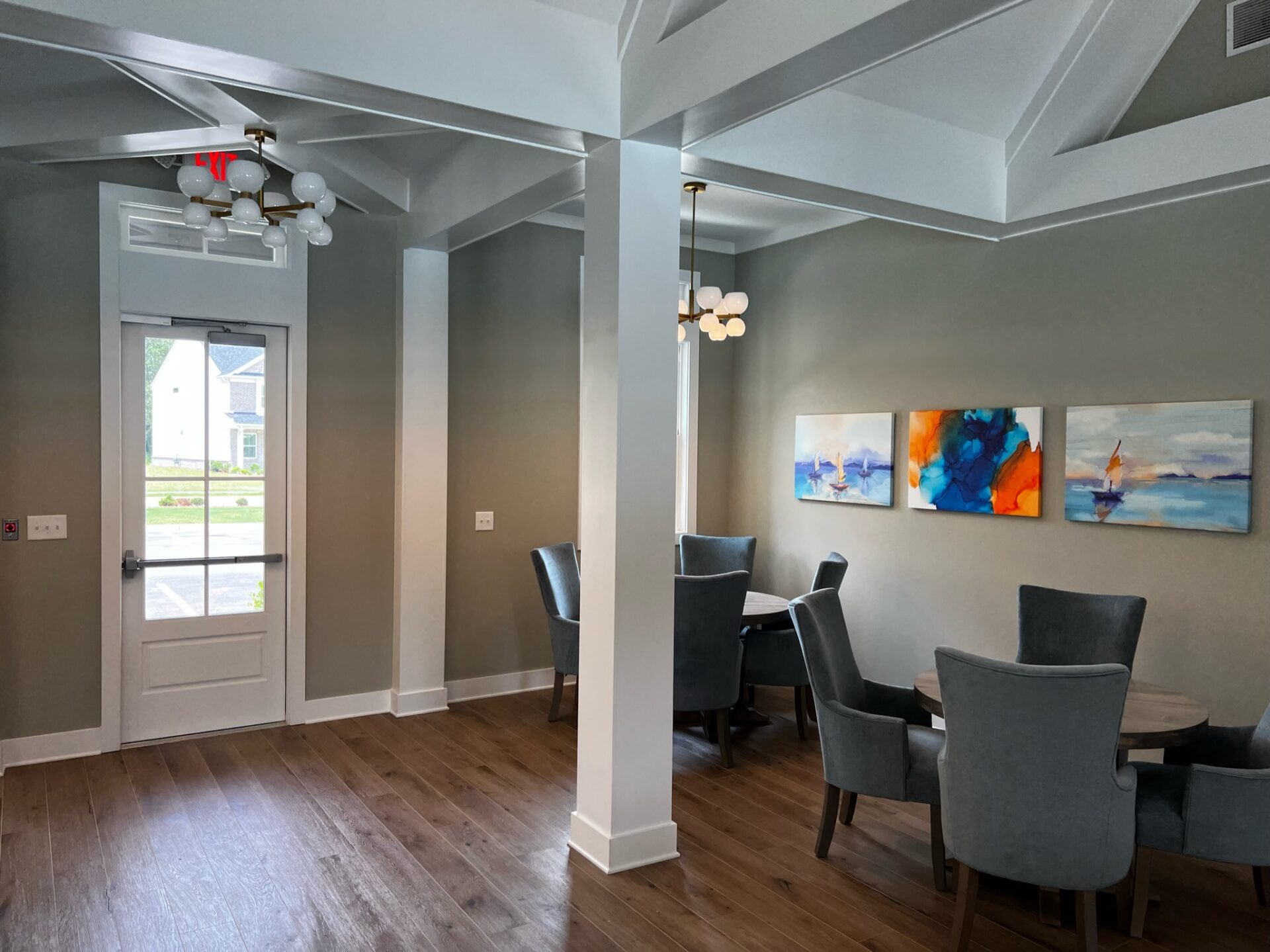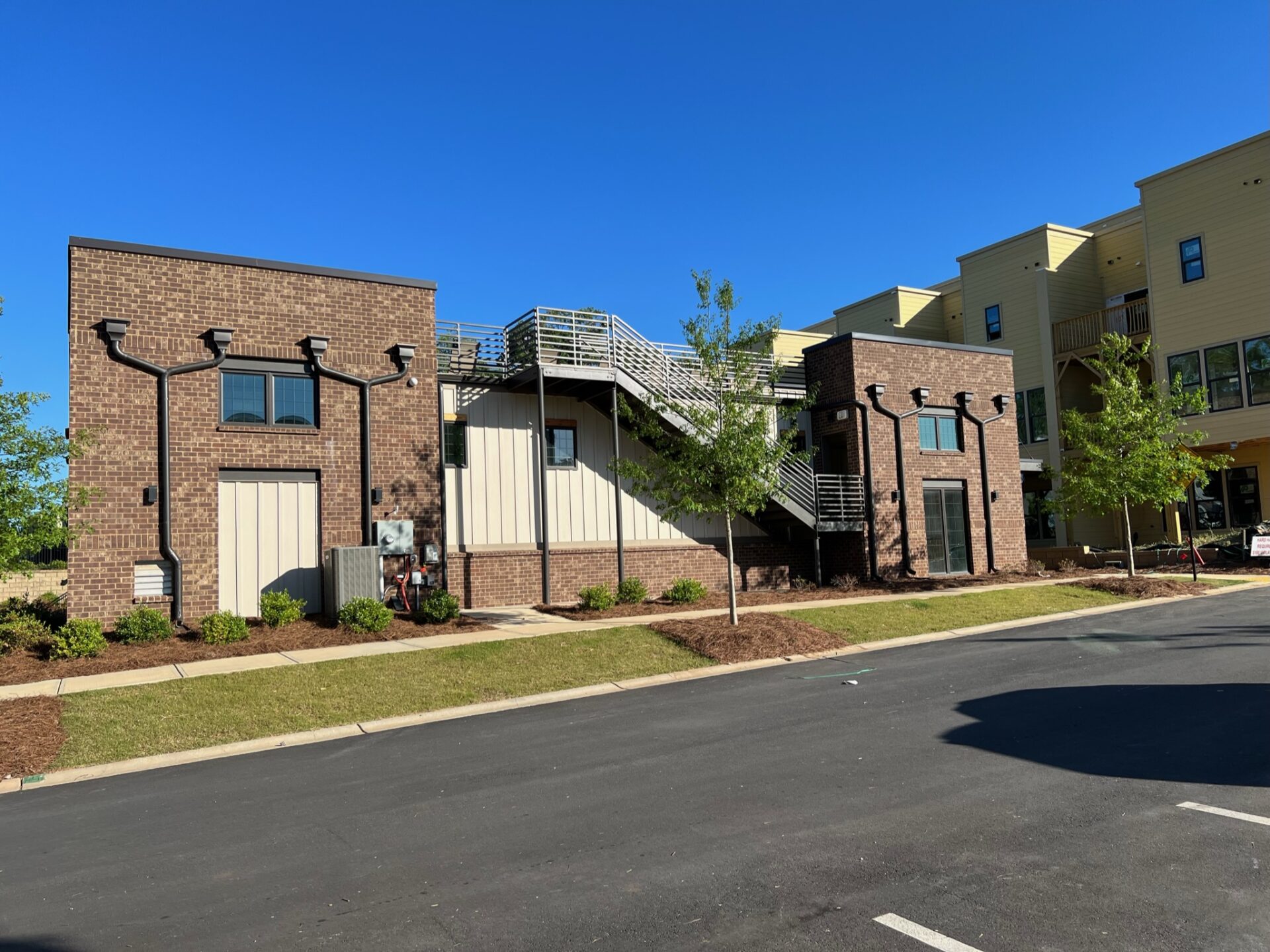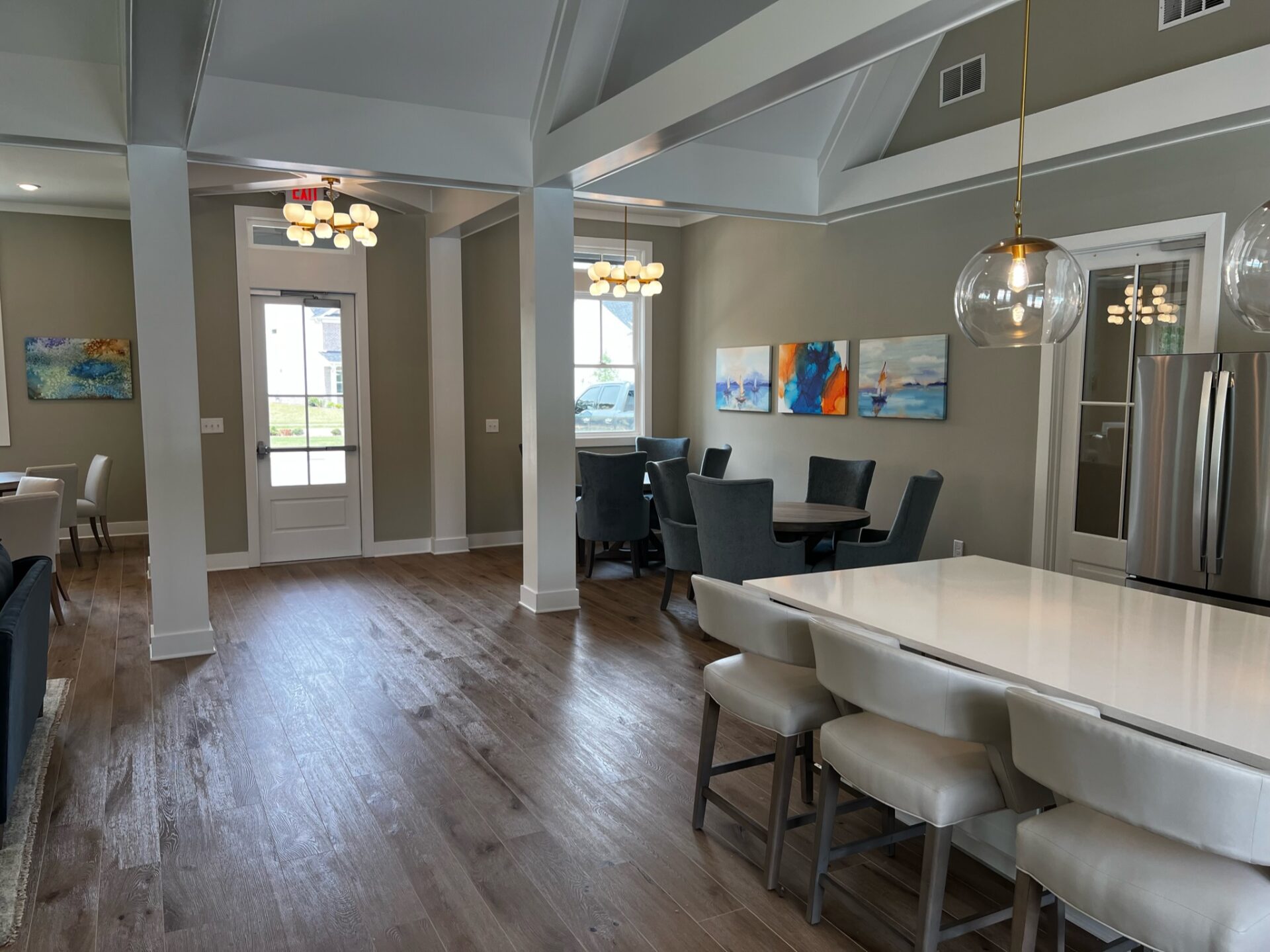Simple Office Design Ideas for Better Workspaces
Creating a well-designed office space can have a huge impact on productivity and employee satisfaction. A thoughtfully designed workspace helps employees feel comfortable, focused, and creative. By making a few strategic changes, you can transform an ordinary office into an inspiring and efficient environment.
One of the first aspects to consider is the furniture. Flexible and modular furniture allows you to create a versatile workspace that meets various needs. Whether you need quiet areas for focused work or open spaces for collaboration, adaptable furniture can easily be reconfigured to suit different tasks.
Lighting is another key factor in office design. Proper lighting not only reduces eye strain but also boosts mood and productivity. Natural light is ideal, but the right artificial lighting can also make a big difference. Choosing appropriate fixtures and placement can enhance the overall atmosphere of the workspace.
Designing effective collaborative spaces and informal work areas also makes a significant difference. These spaces encourage teamwork and idea sharing. Finally, the use of color and design elements can positively affect mood and productivity. The right color schemes and decor can create a welcoming and energetic office.
By focusing on these elements, you can create an office environment that supports your team and enhances their work experience.
Incorporate Flexible Furniture
Benefits of Modular Desks and Chairs
Modular desks and chairs are great for creating a flexible work environment. These pieces can be easily rearranged to fit different needs. Modular furniture helps to adapt the workspace quickly for various tasks like team meetings, individual work, or training sessions. Their adjustable features allow employees to customize their workstations, making them more comfortable and efficient. This flexibility can lead to better posture and reduced discomfort, which helps increase productivity and job satisfaction.
Creating Multipurpose Areas
Multipurpose areas are essential for maximizing office space. With flexible furniture, you can create spaces that serve multiple functions without needing separate rooms. For example, a large table and stackable chairs can transform an open area into a meeting room, a lunch spot, or a collaborative workspace. These areas can be quickly and easily adapted for different activities throughout the day. This dynamic use of space helps reduce the need for additional square footage, saving on costs while making the office more versatile.
Optimize Lighting for Productivity
Natural Light vs. Artificial Light
Proper lighting significantly impacts employee productivity and well-being. Natural light is the best option for any workspace, as it boosts mood and energy levels. Large windows and open floor plans can help maximize natural light. However, artificial light also plays a critical role, especially in areas where natural light is limited. Task lighting, like desk lamps, can help reduce eye strain and focus light where it is needed most.
Choosing the Right Fixtures
Choosing the right light fixtures can greatly enhance the office environment. LED lights are energy-efficient and provide high-quality illumination. Adjustable fixtures allow you to control the light’s intensity and direction, making them suitable for different tasks. For general lighting, consider overhead fixtures that distribute light evenly across the workspace. To create a comfortable atmosphere, use a mix of different lighting sources, like floor lamps and pendant lights, to reduce harsh shadows and glare. Proper lighting helps create a welcoming and productive work environment, positively influencing employee performance.
Enhance Collaborative Spaces
Designing Effective Meeting Rooms
Meeting rooms are essential for team collaboration and effective communication. To design a useful meeting room, first, think about the room’s size and how many people it will need to accommodate. A well-designed meeting room should have comfortable seating and a large table to facilitate discussions and teamwork. Install audiovisual equipment like projectors or large screens to support presentations and virtual meetings. Adding a whiteboard or glass board is also helpful for brainstorming sessions. Soundproofing the room can make meetings more private and free from distractions.
Creating Informal Work Areas
Informal work areas provide a relaxed environment where employees can collaborate and take breaks. These spaces can include comfortable seating options like couches, lounge chairs, and coffee tables. Adding elements like plants, artwork, and soft lighting can make these areas inviting and cozy. Informal workspaces encourage spontaneous interactions and idea sharing, which can lead to better problem-solving and creativity. These areas can also serve as a retreat for employees who need a change of scenery to recharge and refocus.
Utilize Color and Design Elements
Impact of Color on Mood and Productivity
Color plays a significant role in shaping mood and affecting productivity. Different colors evoke different emotions and responses. For example, blue is known to be calming and can help with focus and concentration. Green has a refreshing and relaxing effect, making it ideal for reducing stress. On the other hand, vibrant colors like red and orange can stimulate energy and motivation but should be used sparingly to avoid overwhelming the space. Choosing the right color palette for your office can create an environment that supports your team’s well-being and efficiency.
Using Design Elements to Define Spaces
Design elements such as textures, patterns, and materials can be used strategically to define different areas within the office. For instance, using different types of flooring or rugs can visually separate work zones from relaxation areas. Incorporating partitions, plants, or decorative screens can create a sense of privacy without completely closing off spaces. Wall art, signage, and decorative accents can also help to differentiate various areas and add personality to the workspace. Well-placed design elements can make the office more organized, functional, and aesthetically pleasing.
Conclusion
Creating a productive and enjoyable office space involves thoughtful planning and design. By incorporating flexible furniture, you can adapt the workspace to meet various needs and maximize its use. Proper lighting choices enhance the work environment, boosting both comfort and productivity. Designing collaborative spaces encourages teamwork and idea sharing, while using color and design elements strategically can positively impact mood and efficiency.
Each of these elements contributes to a workspace that supports your team and helps them succeed. Investing in professional office design can ultimately save time and money by creating a functional and inspiring environment. For expert guidance and customized office building construction solutions for improving your commercial office space, contact Robert Long Construction today. Let’s transform your office into a space where everyone can thrive.




